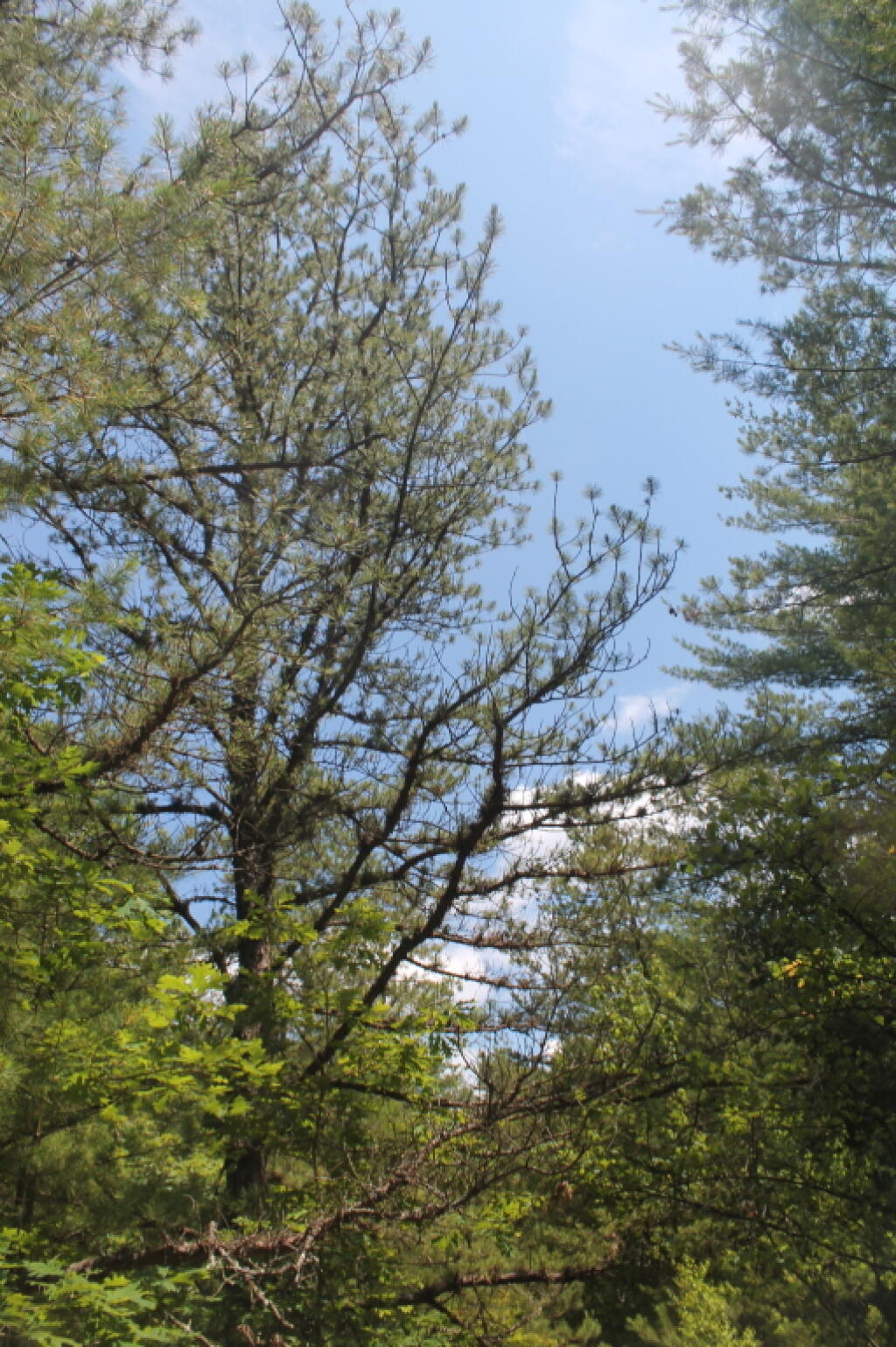Rome Sand Plains
Stop Barrier Ahead Sign
A lot of people like doing target pratice up here.
Taken on Sunday June 30, 2013 at Rome Sand Plains.Wood Creek
Rome Sand Plains Unique Area
Rome Sand Plains LIDAR
Rome Sand Plains is a 15,000-acre pine barrens about five miles west of the city center of Rome in Oneida County in central New York. It consists of a mosaic of sand dunes rising about 50 feet above low peat bogs that lie between the dunes. You can see the dunes very clearly on LIDAR.Rome Sand Plains is a 15,000-acre pine barrens about five miles west of the city center of Rome in Oneida County in central New York. It consists of a mosaic of sand dunes rising about 50 feet above low peat bogs that lie between the dunes.






